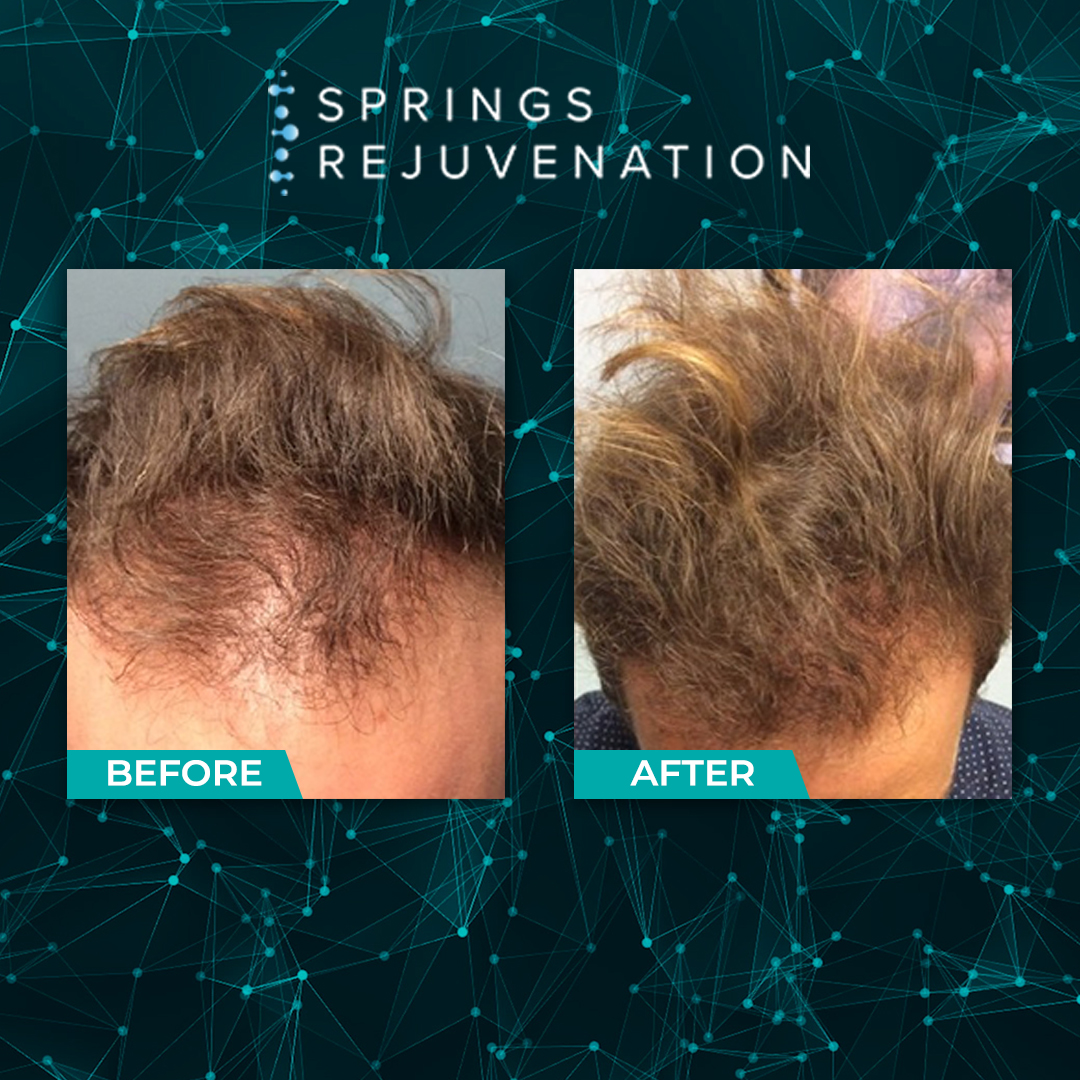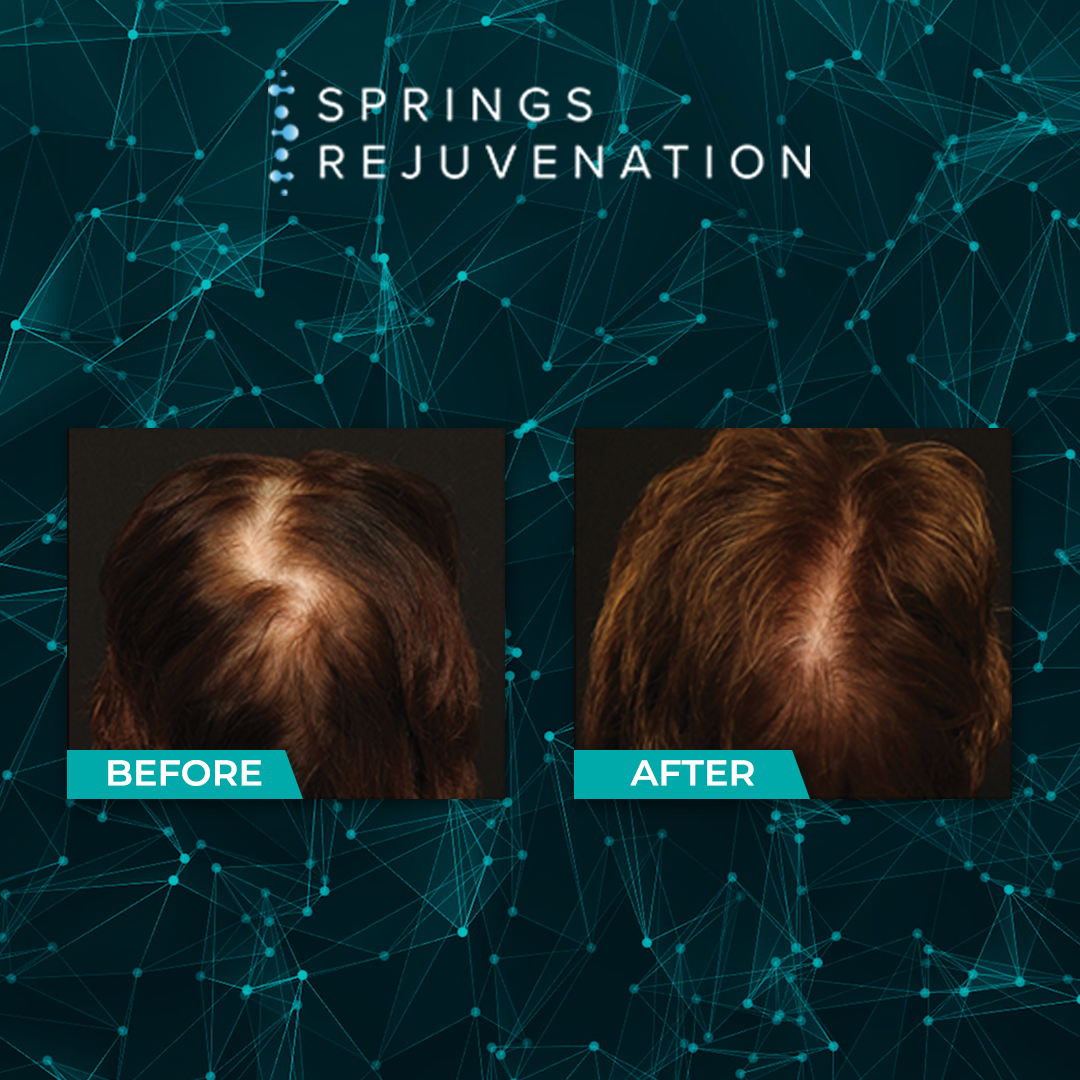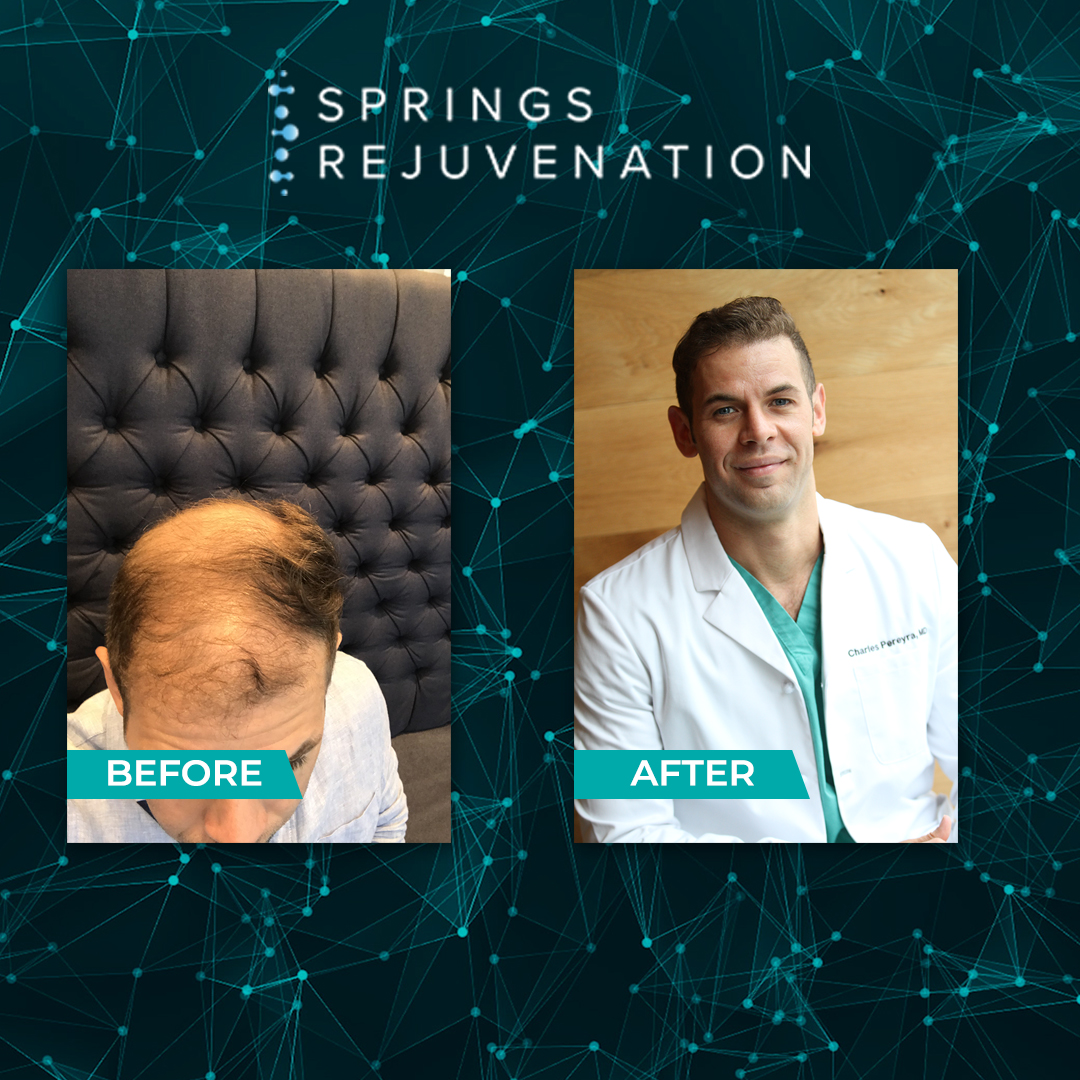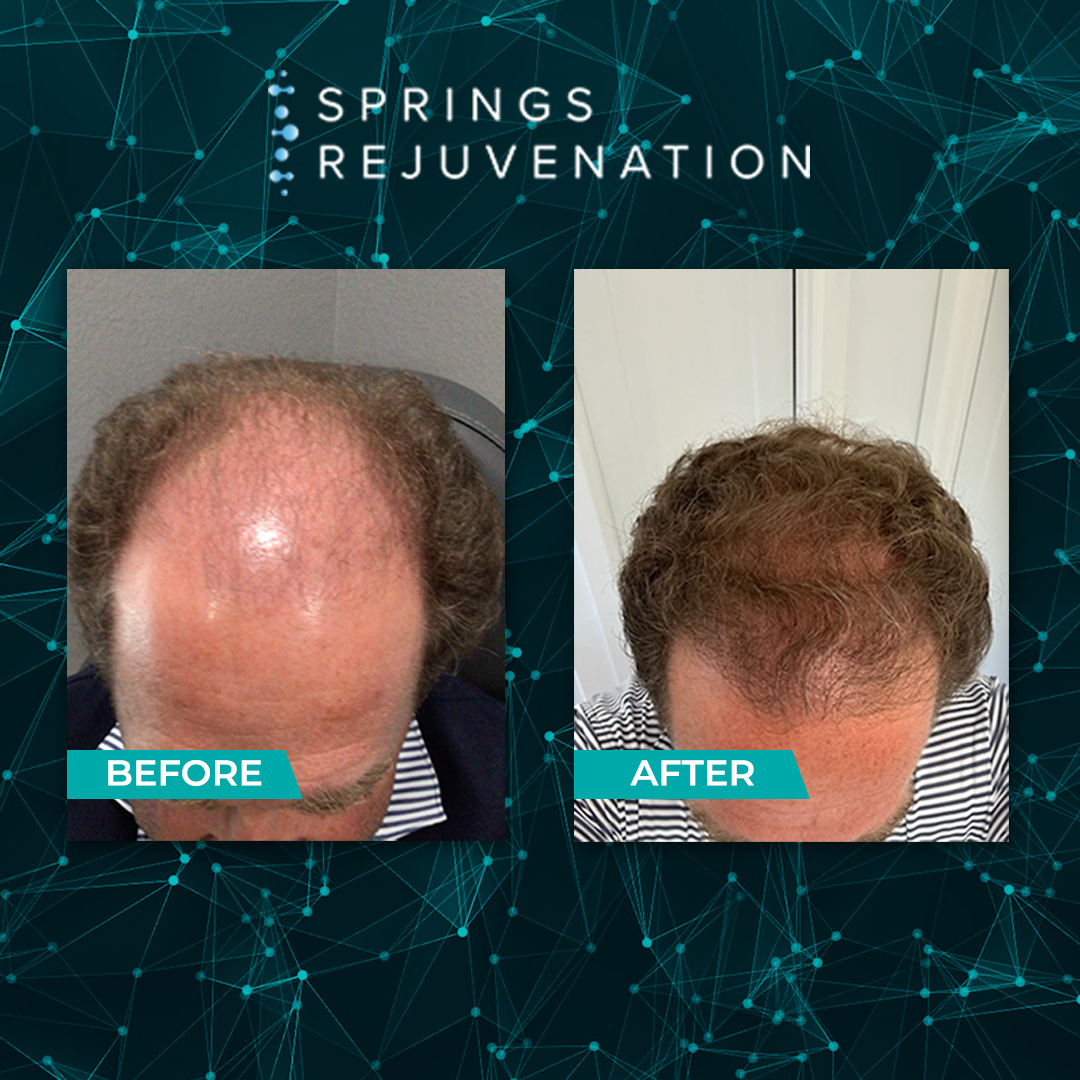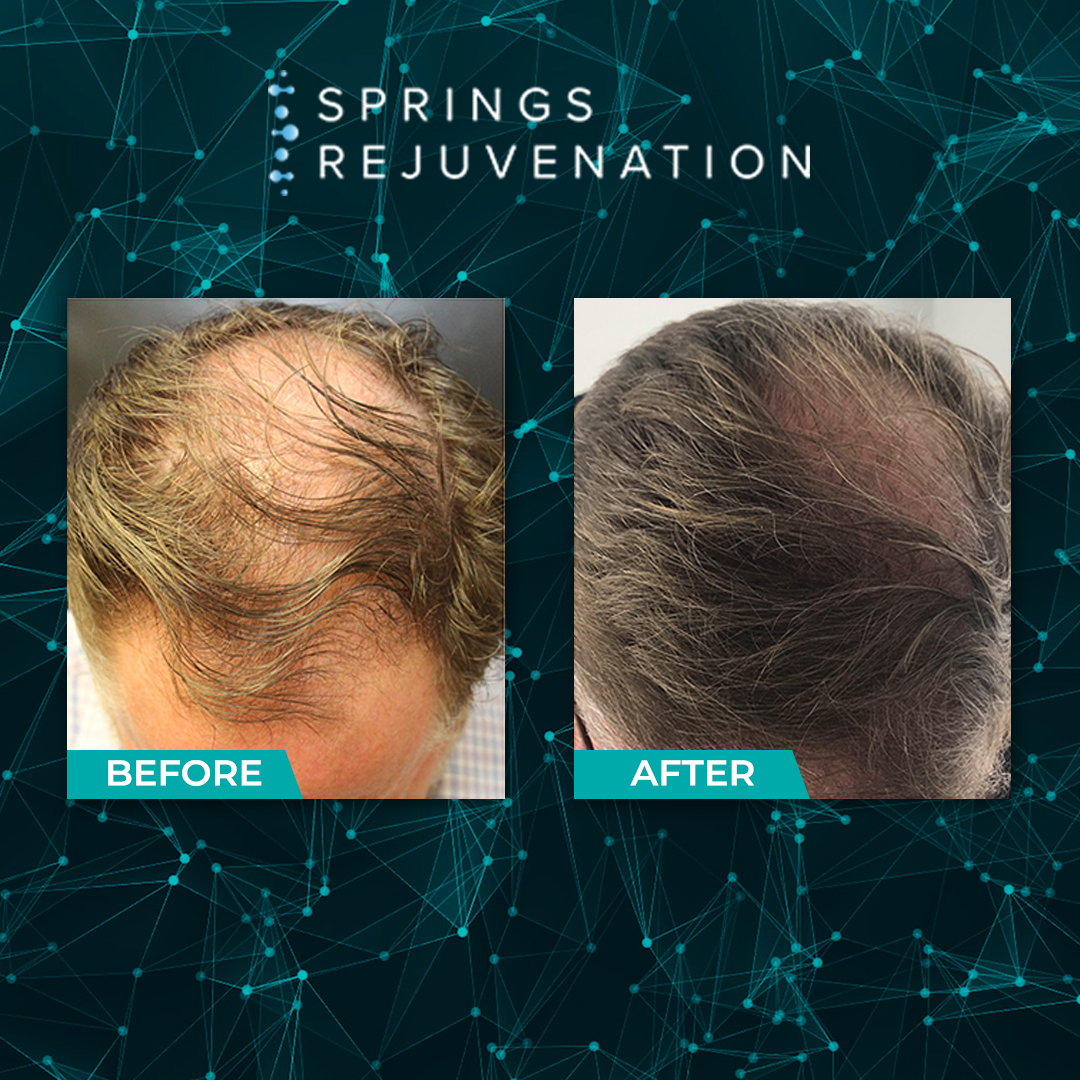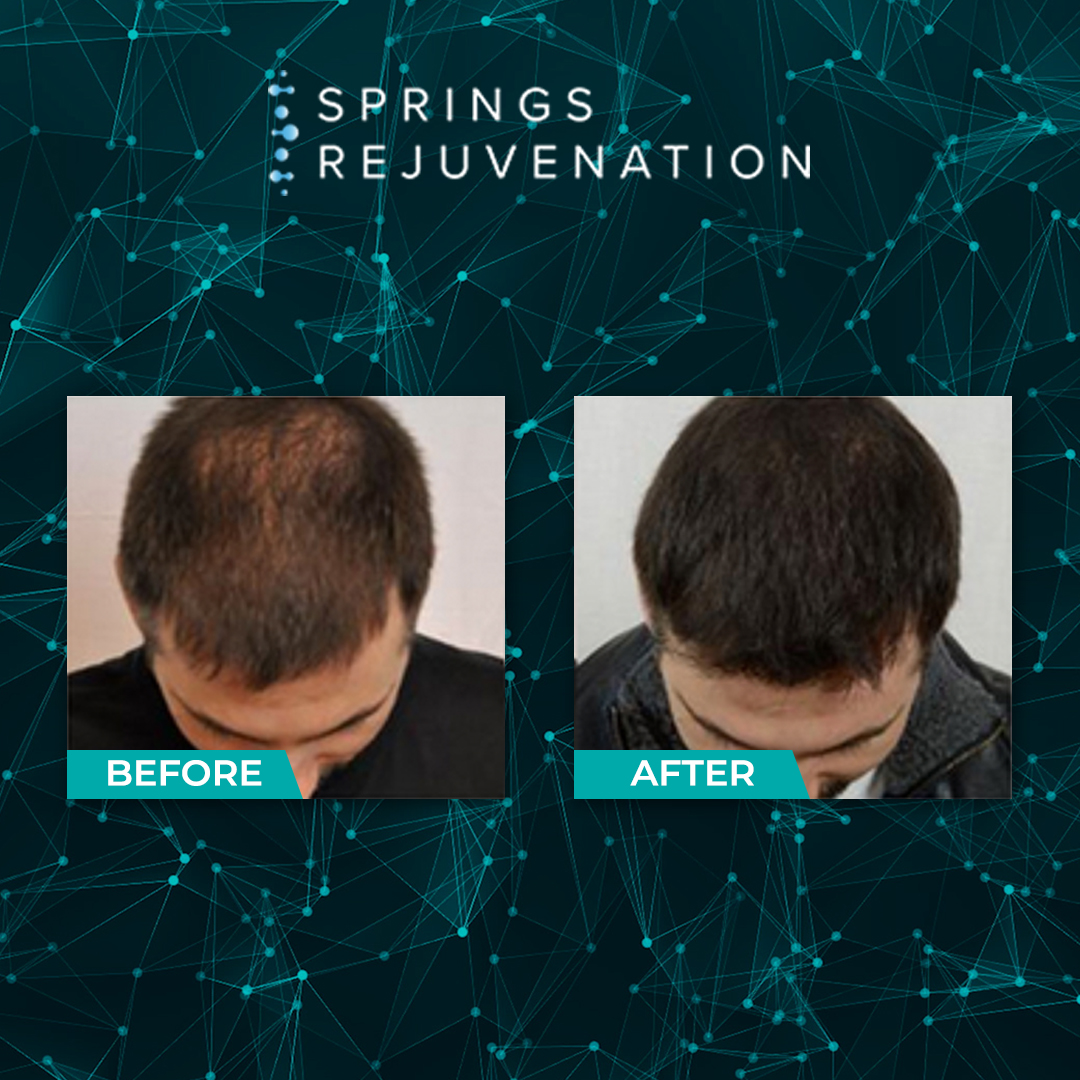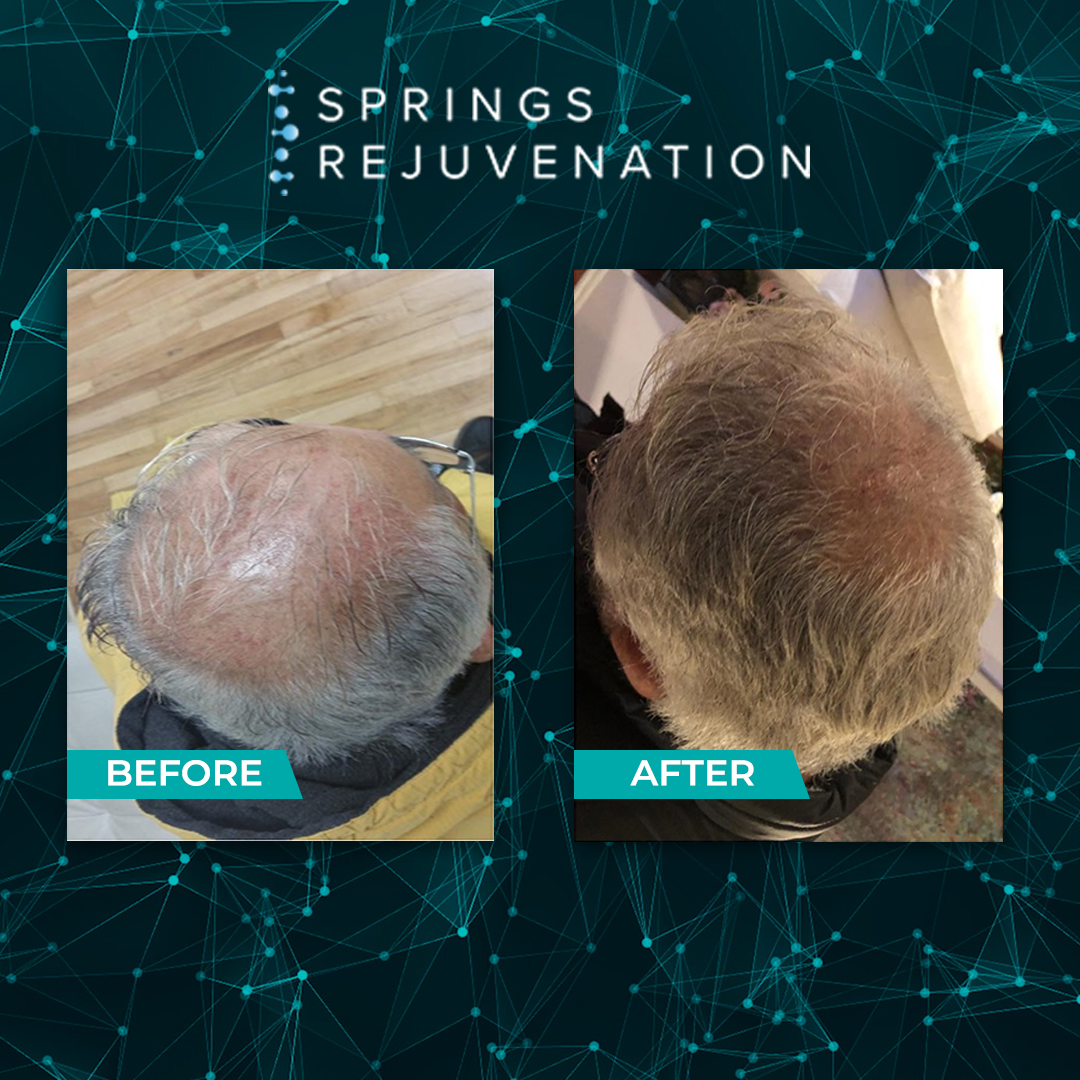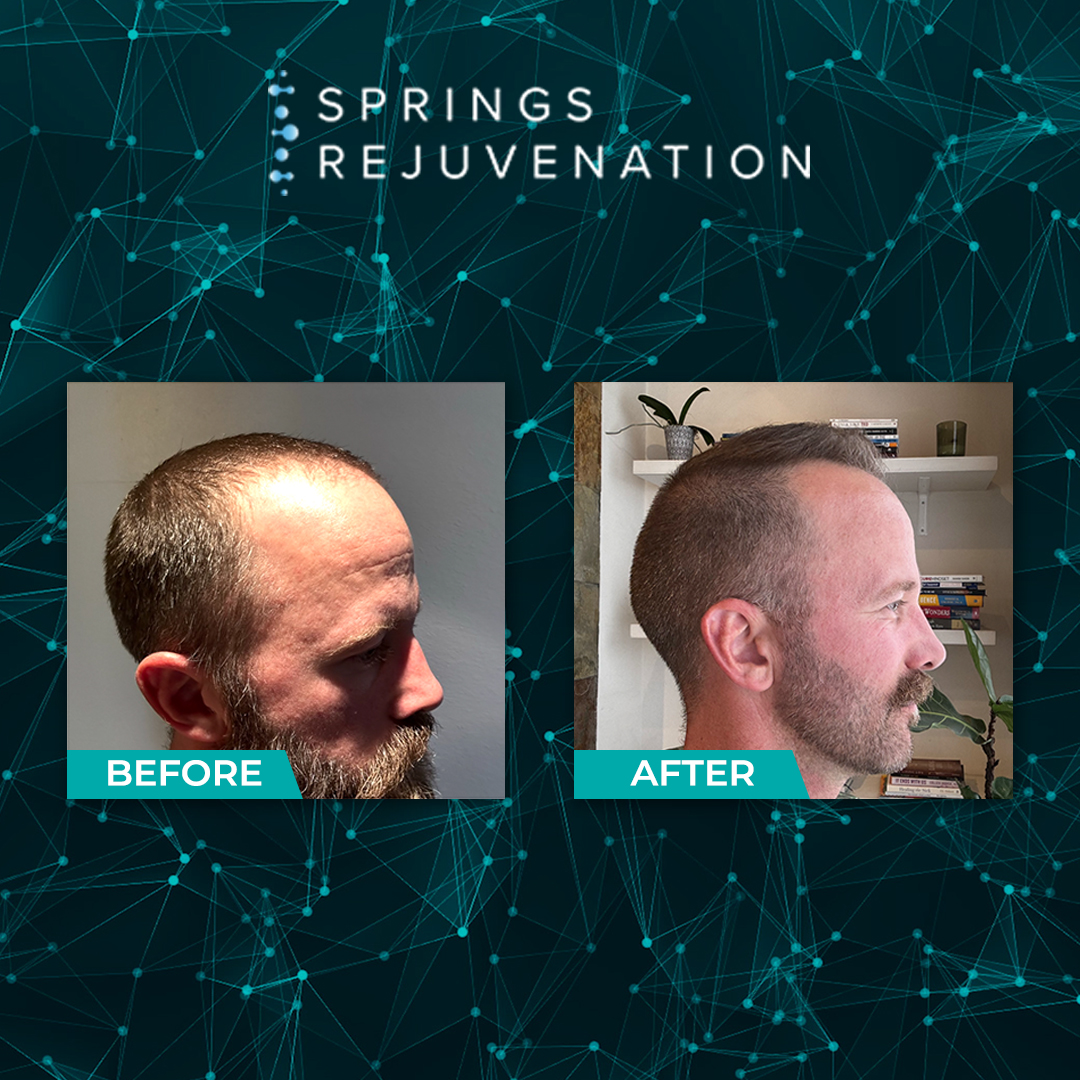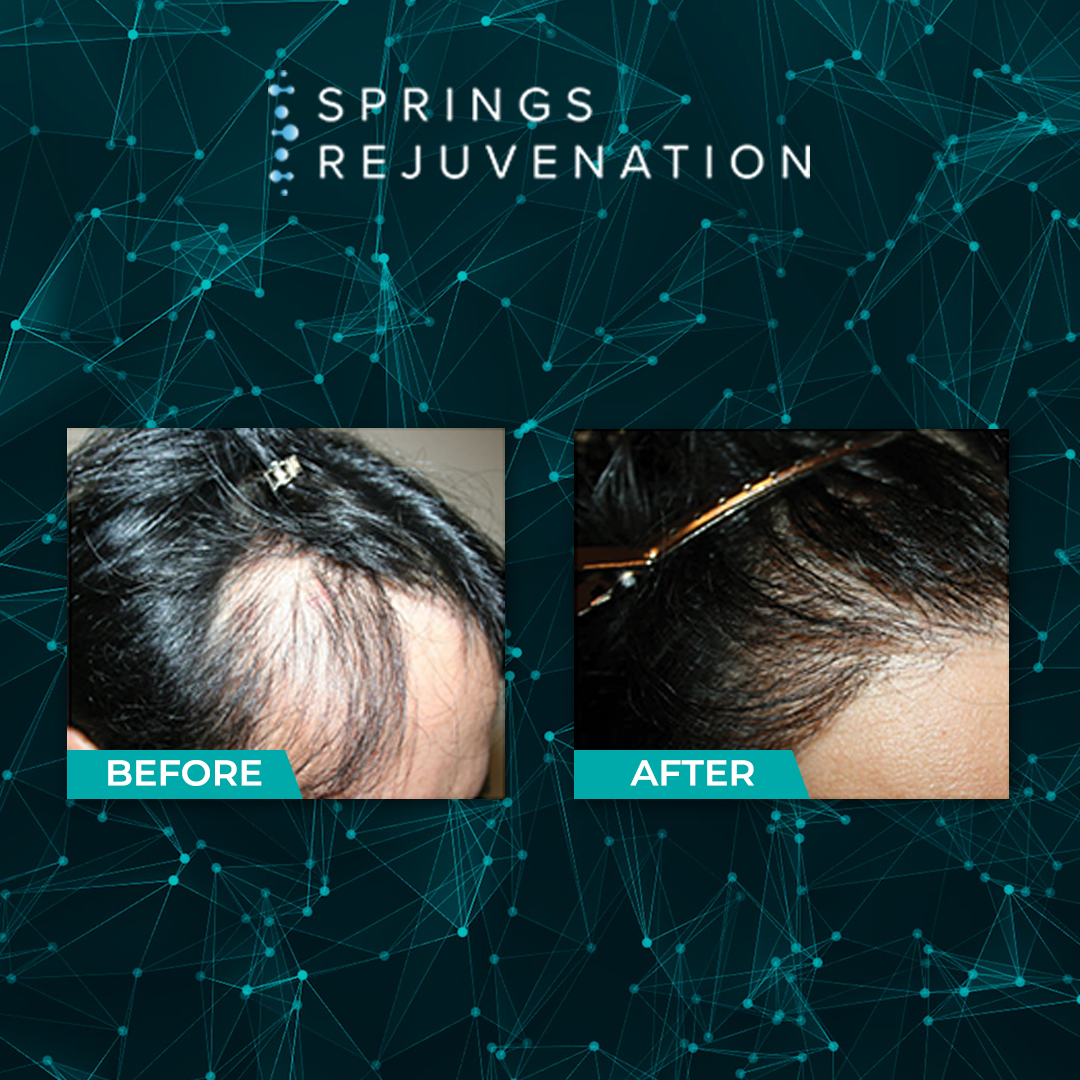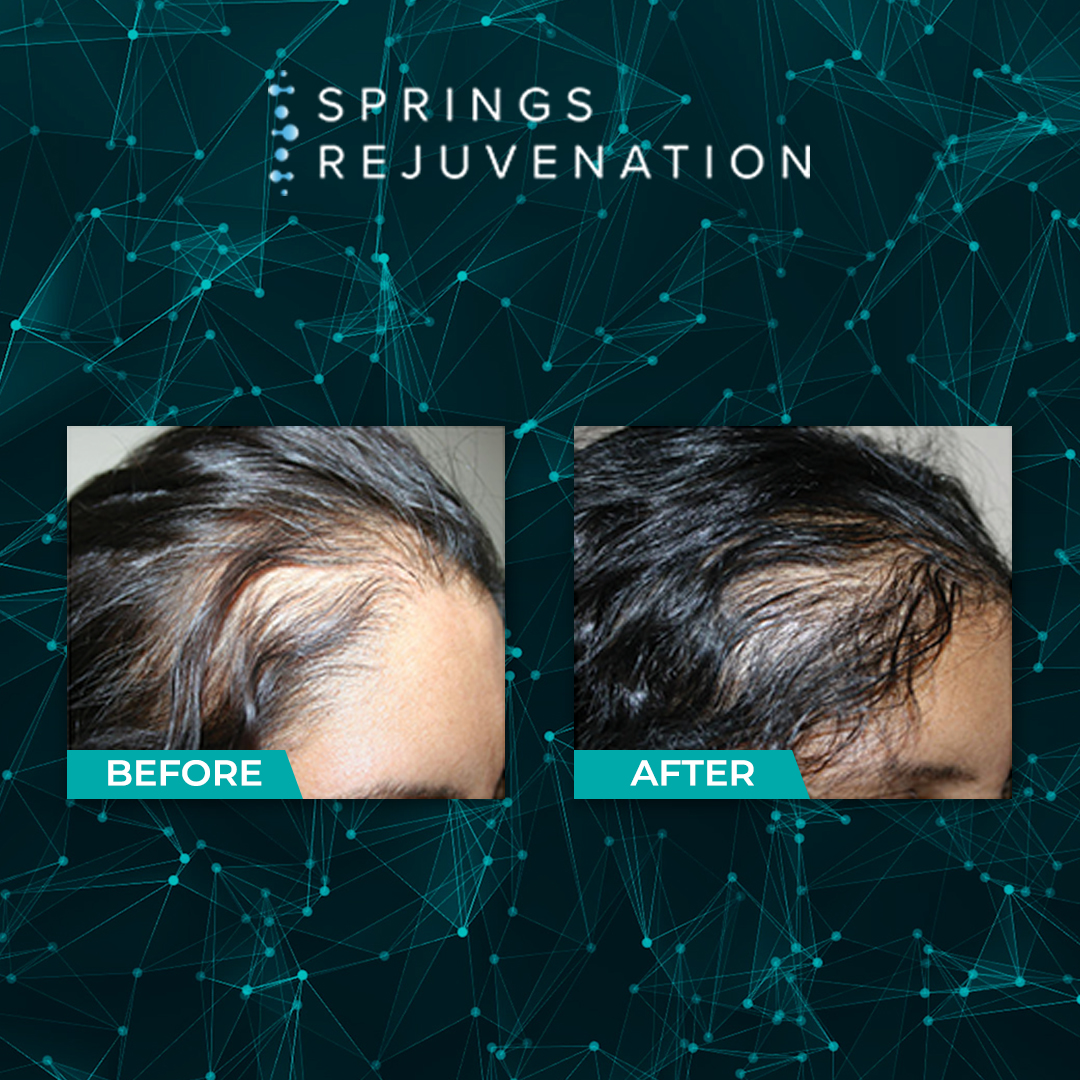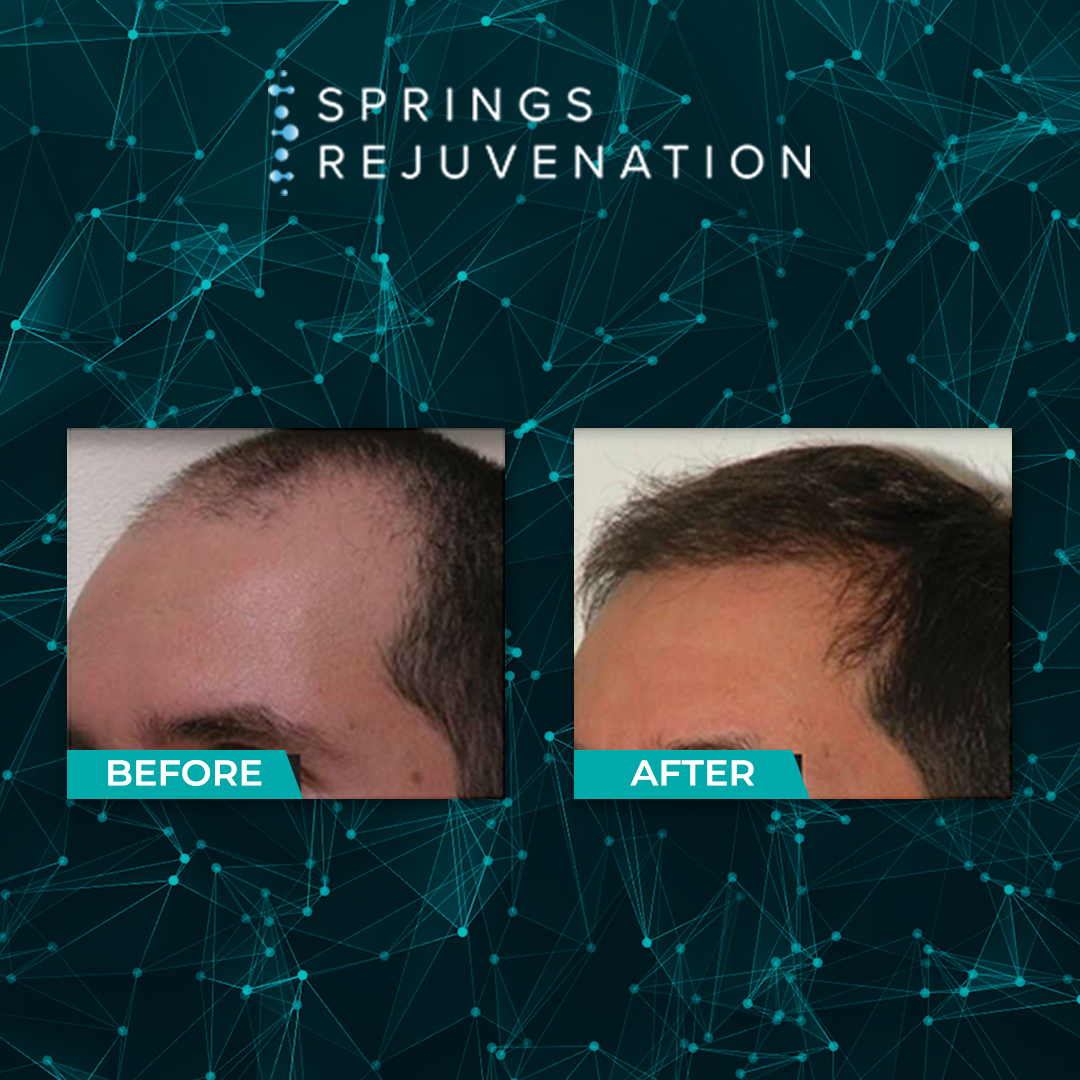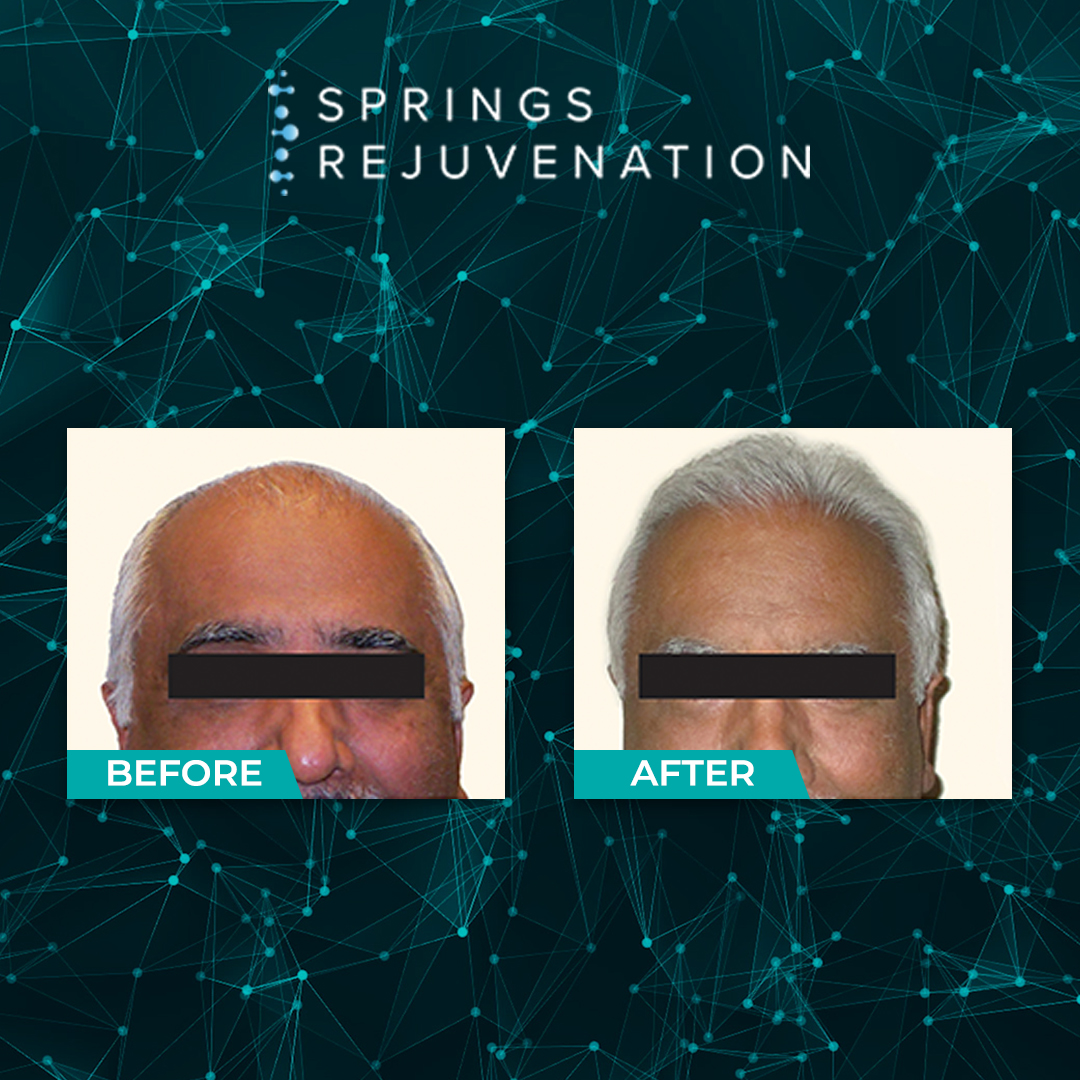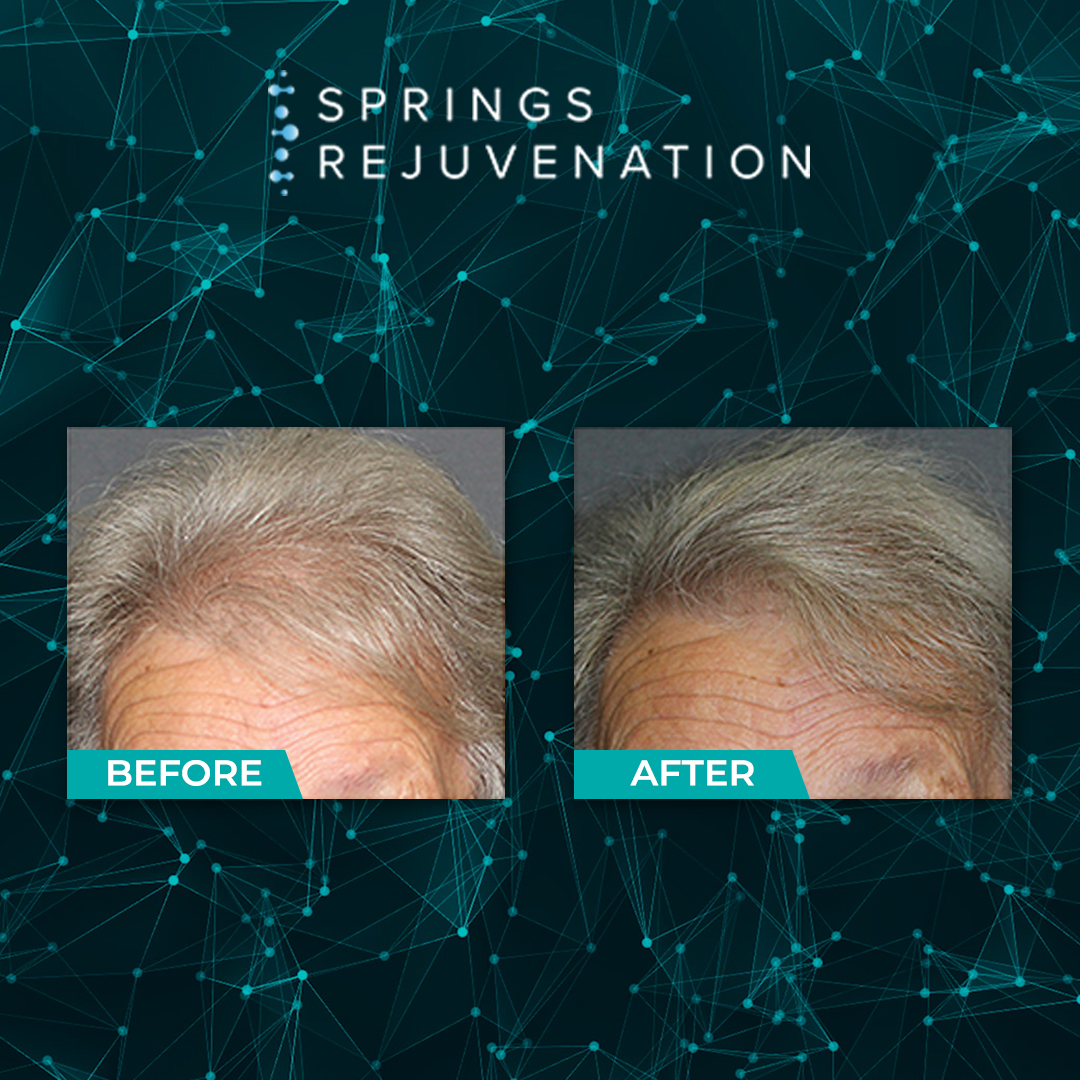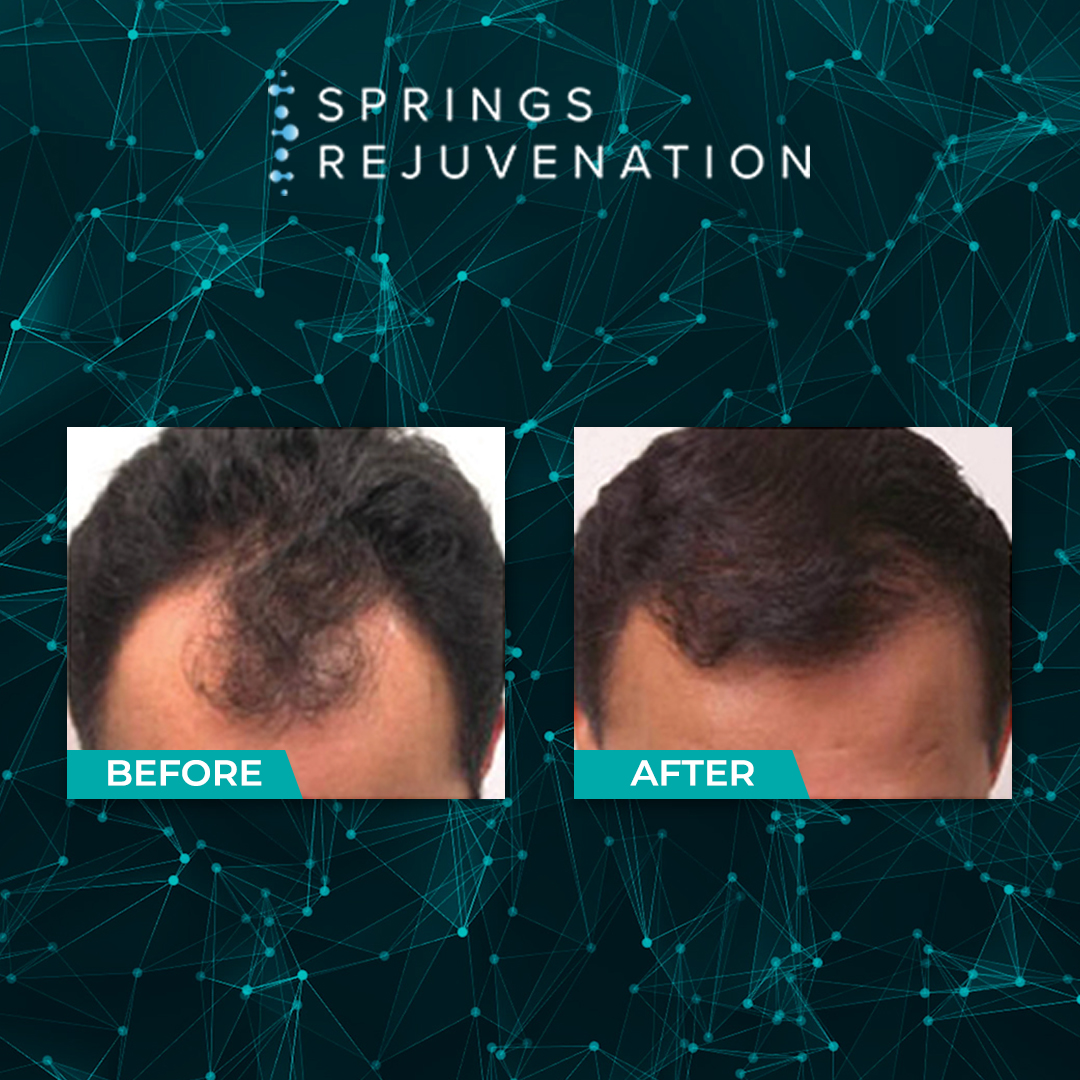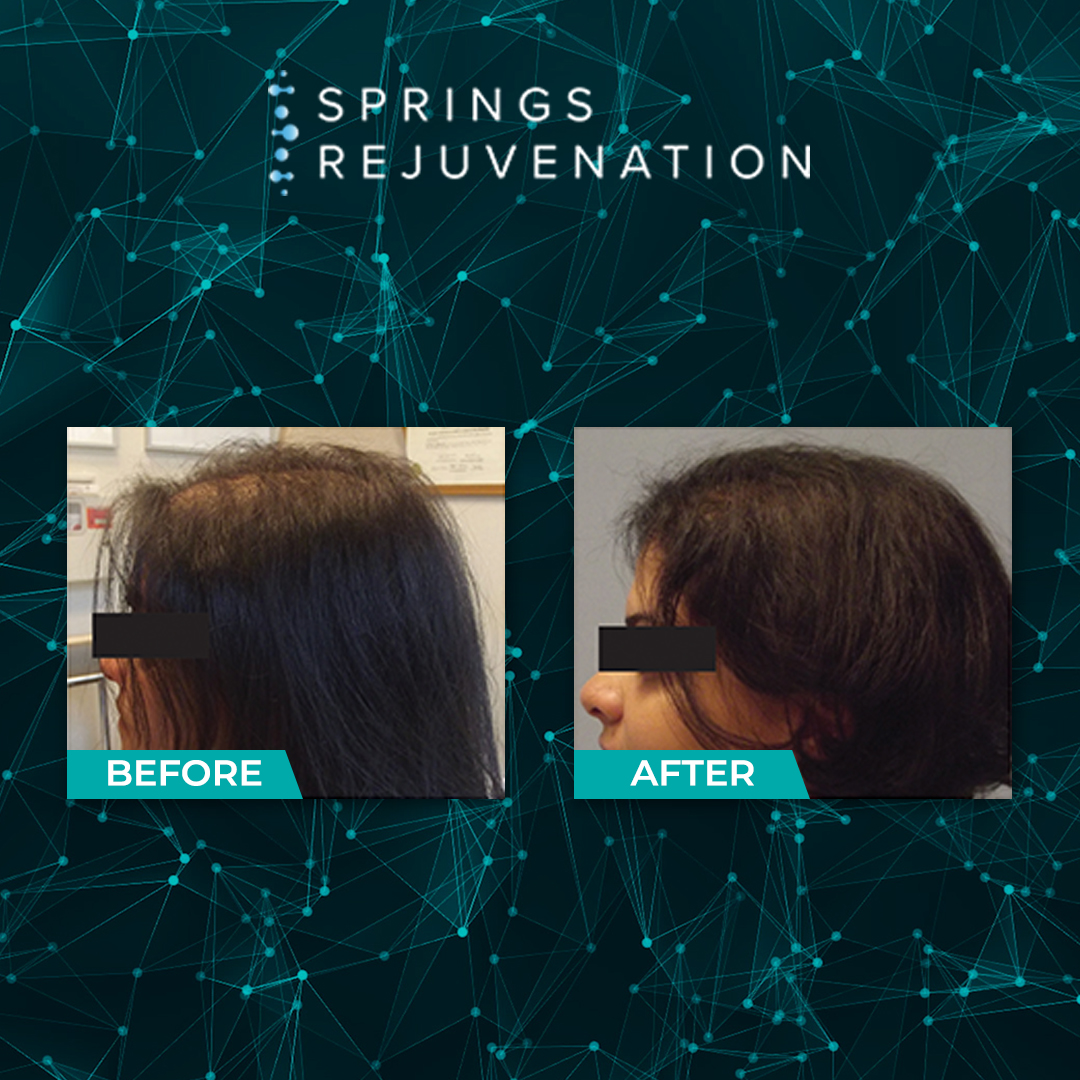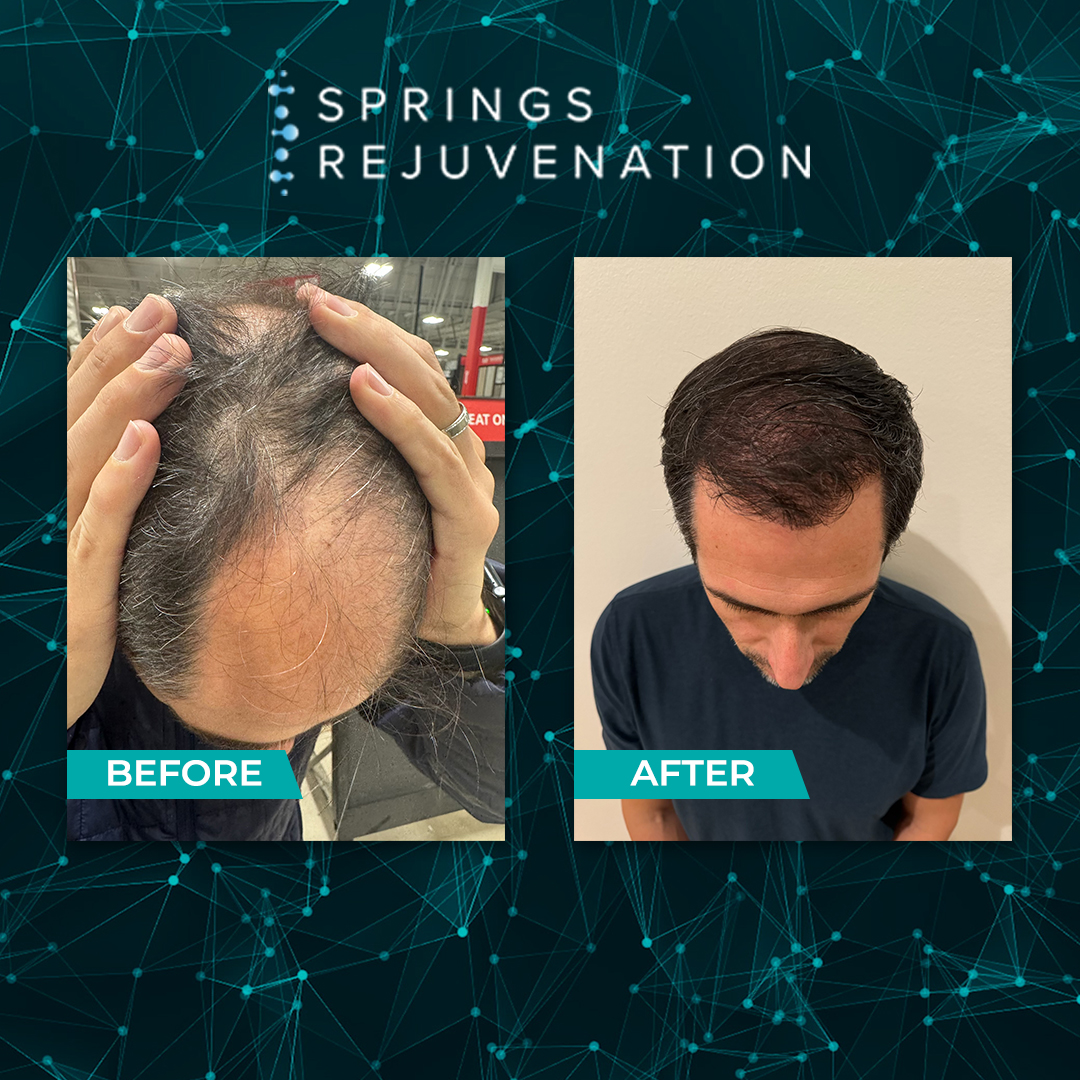Regain Your Confidence With A Full Head Of Hair
- • Minimally invasive procedures
- • Permanent, natural results
- • Quick recovery time
- • 10 Year Satisfaction Guarantee
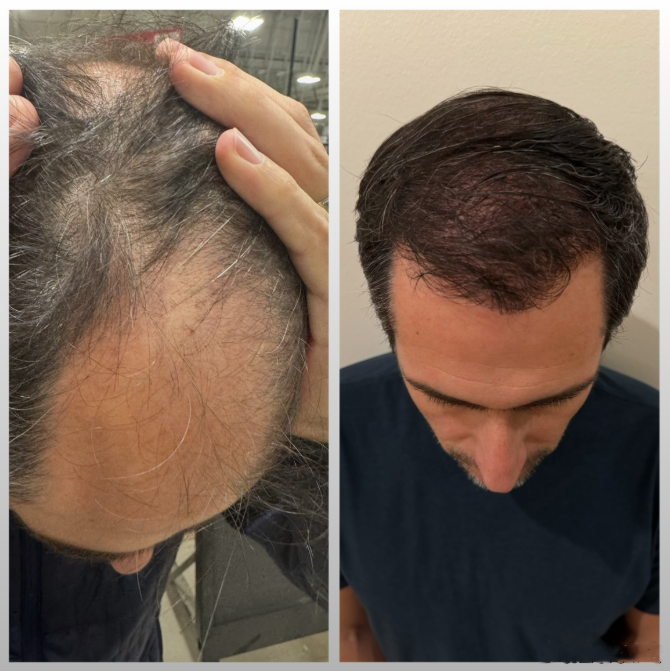
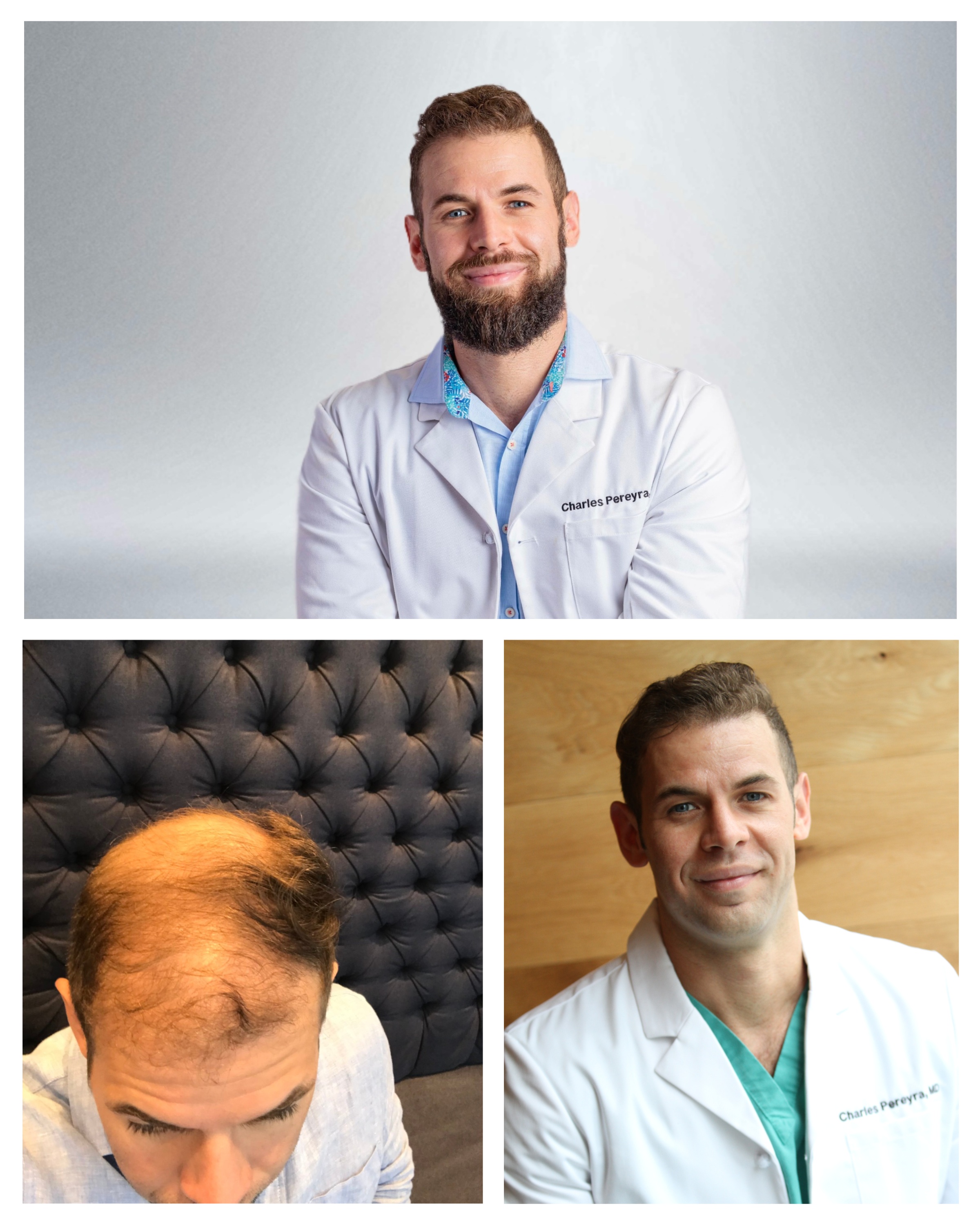
Dr. Charles Pereyra, MD
With over 15 years of specialized experience in hair restoration, Dr. Pereyra has helped thousands of patients regain their confidence through advanced hair restoration techniques. His expertise spans from FUE transplants to the latest GF22-Cell technology and medication therapies.
“My goal is to provide natural-looking results that transform not just appearance, but confidence and quality of life. Every patient deserves a personalized approach and the most advanced treatments available.”
Before & After Results
Why Choose Springs Rejuvenation?
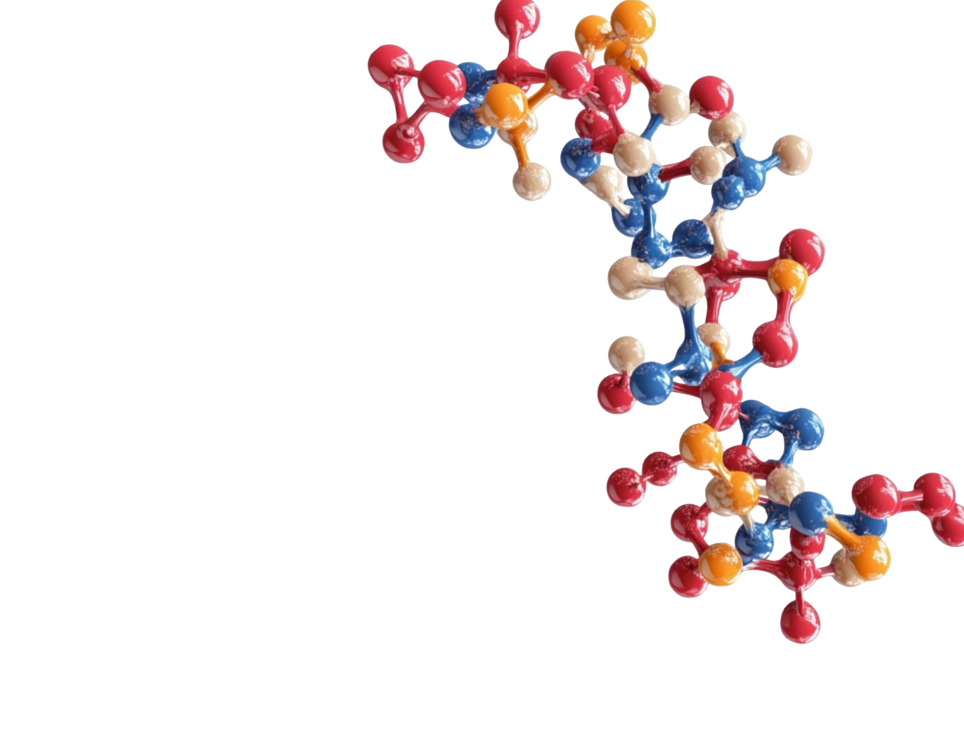
Expert Physicians
Our board-certified physicians specialize exclusively in hair restoration procedures.
Get Started
Natural-Looking Results
Advanced techniques ensure your hair restoration looks completely natural and undetectable.
Get Started

Personalized Treatment
Custom treatment plans tailored to your specific hair loss pattern and goals.
Get Started
10 Year Satisfaction Guarantee
Comprehensive coverage and confidence in our long-term results.
Get Started
Financing Available
Flexible payment plans to make your hair restoration journey affordable.
Get StartedOur Hair Restoration Procedures

NEOSTEM Protocol
Follicular Unit Extraction (FUE) is a minimally invasive hair transplantation technique that involves extracting individual hair follicles from the donor area and implanting them into the thinning areas.
- • No linear scar
- • Minimal downtime
- • Natural-looking results
- • Permanent solution

Micro FUE
The Micro Follicular Unit Extraction (mFUE) involves extracting follicles from the back and side of the head with a micro device, and then transplanting these units to the recipient area. This uses a specialized custom transaction shield to prevent harm to the hairs during the uptake and transfer process. This is done using robotics along with an artist and physician to ensure safe, natural results.

EXO-HairGrow
Exo-Grow therapy involves drawing a small amount of your blood, processing it to concentrate the platelets, and injecting this plasma into your scalp to stimulate hair growth.
- • Non-surgical treatment
- • No downtime
- • Strengthens existing hair
- • Stimulates new growth
What Our Patients Say
Frequently Asked Questions
How long does a hair transplant procedure take?

Is a hair transplant painful?

How long until I see results from my hair transplant?

Will my hair transplant look natural?

How much does a hair transplant cost?

Will I need to take time off work?

Are the results permanent?

Am I a good candidate for hair restoration?

What are GF22-Cell exosomes?

How do exosomes help with hair restoration?

Is this the same as GF22-Cell therapy?

Is exosome hair restoration FDA approved?

How is the treatment performed?

Is there any downtime?

Are GF22-Cell derived exosomes safe?

Can I combine exosome therapy with other treatments?

Is this a permanent solution?

Are there any side effects?

Book Your Free Consultation
Get in Touch
245 5th Ave 3rd Floor, Suite 307, New York, NY 10016
Monday - Friday: 9am - 6pm
Saturday: 10am - 4pm
Sunday: Closed
Why Choose a Consultation?
- Personalized assessment of your hair loss
- Custom treatment recommendations
- Detailed pricing information
- No obligation to proceed with treatment

